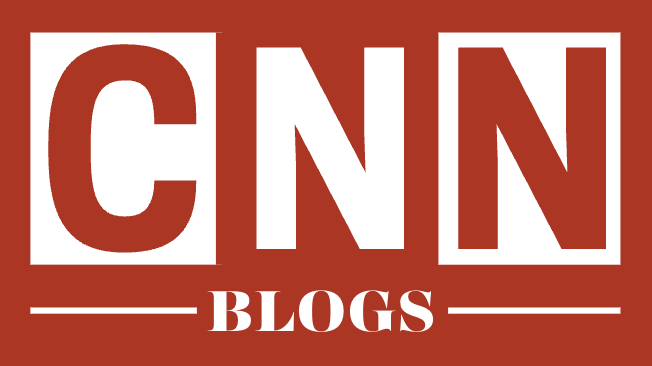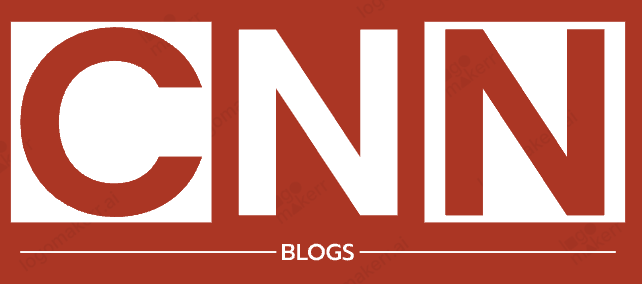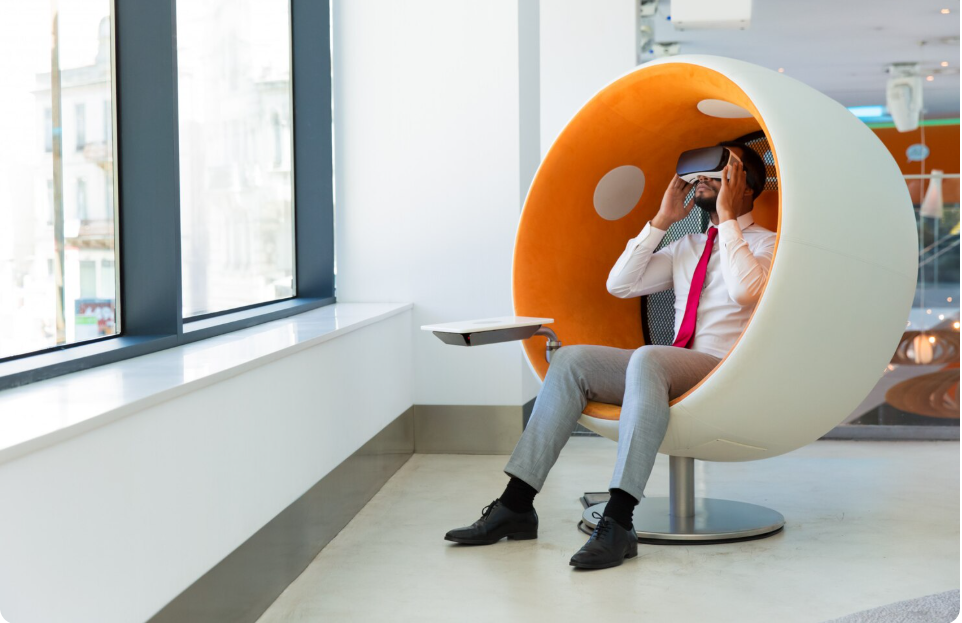If you’ve worked in an open-plan office in the CBD, one-north, or Mapletree Business City, you’ll know the drill: overlapping conversations, back-to-back Zoom calls, and meeting rooms that are fully booked by 10 a.m. This is exactly why the acoustic pod has become one of the most practical upgrades for modern workplaces in Singapore. Compact, movable, and purpose-built for privacy, these enclosed booths solve the day-to-day problems of noise and room availability without the cost and downtime of renovations.
As a workplace blogger covering trends in corporate furniture and workspace planning, I’ve noticed a clear shift: companies aren’t rushing to build more meeting rooms. Instead, they’re creating “micro-spaces” using acoustic pods to give people a quiet place to focus, take confidential calls, or run small hybrid meetings—right next to where the work happens.
What Is an Acoustic Pod—and Why It Works
An Acoustic Pod is a freestanding, enclosed booth designed to keep sound in (and out). Quality pods are engineered with multi-layer walls, proper door seals, acoustic linings that cut echo, and quiet ventilation so the booth remains comfortable for 30–60 minute sessions. Unlike a large meeting room, pods sit directly on your floor finish, plug into a standard power point, and can be relocated if your layout changes.
For Singapore teams juggling hybrid schedules and global time zones, that combination of speed, flexibility, and privacyis gold. You don’t need wet works. You don’t need to block off a weekend for reinstatement. You just place the pod where demand is highest—near sales, HR, design, finance—and the building can keep operating as usual.
Acoustic Pod vs. Meeting Room: Which Fits the Use Case?
- One-person calls and deep focus
A single-user pod or “phone booth” is a perfect substitute for hogging a six-seater room just to jump on a 20-minute call. It stops speech from spilling into the open office and frees formal rooms for real team meetings. - 2–4 person huddles
A compact 2–4 pax pod works well for hybrid check-ins, design reviews, and interviews. With sound-treated walls and echo-controlled interiors, in-pod audio is clearer, so people don’t have to raise their voices. - Confidential HR and wellness conversations
HR teams regularly need ad-hoc private space. Pods provide an accessible, non-intimidating alternative to the big glass box, and they’re close enough to the team area that people don’t “disappear” for an hour.
In short, an acoustic pod isn’t trying to replace your boardroom. It fills the gaps between open space and book-ahead meeting rooms—the very gaps that slow teams down.
Where Acoustic Pods Fit in Workspace Planning
Thoughtful workspace planning typically layers three things:
- Acoustic treatments: wall panels and baffles reduce overall reverberation so the office sounds calmer.
- Zoning and buffering: smart desk orientation, storage walls, and planters create micro-barriers between focus areas and collaboration zones.
- Private micro-spaces: pods add just-in-time privacy without eating up floorplate or blowing the fit-out budget.
In Singapore, pods often live along circulation routes, near team clusters, or beside collaboration corners. The key is proximity: when the pod is within 5–10 metres of someone’s desk, it gets used. When it’s hidden at the far end of the floor, it doesn’t.
Corporate Furniture That Works With Pods
Acoustic pods are most effective when you pair them with the right corporate furniture around them:
- Soft seating & lounge tables form a decompression buffer outside the pod, so the transition from loud to quiet feels natural.
- Height-adjustable desks give people a place to continue focused work after a pod session without breaking posture flow.
- Storage walls or planter dividers around a pod cluster absorb sound and visually define the zone.
- Task chairs with proper lumbar support keep short pod sessions comfortable when calls run long.
The bigger point: pods aren’t a standalone accessory. They’re part of a furniture-plus-planning ecosystem that supports deep work, quick collaboration, and privacy on demand.
How Many Pods Do You Need?
A practical starting point for Singapore offices:
- 1 single-user acoustic pod per 12–15 employees in call-heavy teams (sales, customer success).
- 1 per 18–20 employees in mixed teams.
- 1 small meeting pod (2–4 pax) per 30–40 employees, depending on how tight your meeting-room calendar is.
Observe the peak windows (usually 10 a.m.–12 p.m. and 2 p.m.–5 p.m.). If people queue for a pod or “reserve” it informally, add a second unit near that team cluster. Because pods are modular, scaling is painless.
Buying Checklist: What to Look For
When shortlisting brands for your acoustic pod rollout, check:
- Measured acoustic performance: ask for lab data and look/feel for solid framing and quality seals.
- Speech clarity inside: interiors should have balanced absorption so voices sound natural on calls.
- Quiet, effective ventilation: fresh air without fan noise or stuffiness.
- Power & connectivity: integrated sockets, USB-C, cable routing; ideally camera/mic friendly lighting.
- Serviceability in Singapore: local delivery, placement support, and spare parts.
- Compliance support: documentation for building management and clear guidance on placement relative to sprinklers/detectors if required by your landlord.
Cost, Speed, and Flexibility
Compared with building new rooms, pods usually win on:
- Speed: delivery and install in hours, not weeks.
- Capex protection: pods move with you at lease-end; reinstatement is simpler.
- Minimal disruption: no hacking or wet trades in an occupied office.
- Scalability: add one more pod next quarter if utilisation demands it.
For multi-site rollouts—common among Singapore firms with several floors or satellite offices—standardising one or two pod models also simplifies facilities management and spare parts.
A Singapore Example: From Noisy to Nimble
Consider a 60-person team at a downtown tower with two formal meeting rooms and limited space for new construction. After introducing two single-user pods near the sales cluster and one 4-pax pod beside the project area, they saw fewer “one-person in a big room” situations, a calmer open floor, and better access to private space for HR and interviews. Importantly, no weekend works, no reinstatement headaches, and a plan that can move with them when the lease changes.
Where to Start
If you’re exploring acoustic pods, my recommendation is to pilot a small cluster near your biggest pain point—typically sales, HR, or a cross-functional project bay. Track usage for a month, then scale. For Singapore-based readers who want local support, Flujo offers a full range of acoustic solutions, from compact phone booths to 2–6 pax meeting pods, plus complementary corporate furniture that completes the zone.
Final Word
Open offices aren’t going away—but neither is the need for privacy and focus. The acoustic pod gives teams a fast, flexible way to work better today, while smart workspace planning ensures your floor stays adaptable for tomorrow. In Singapore’s tight, fast-moving market, that’s exactly the kind of advantage that pays for itself.



